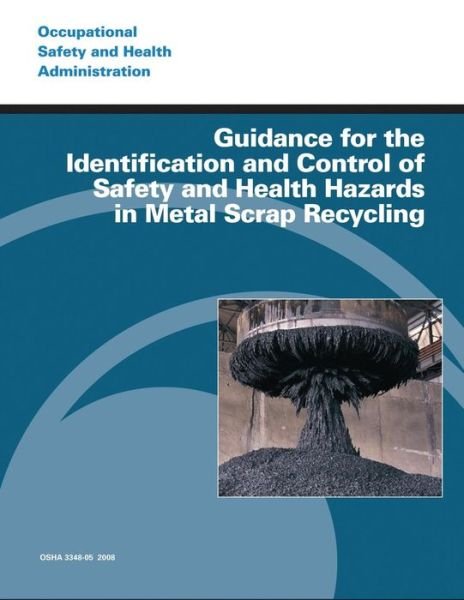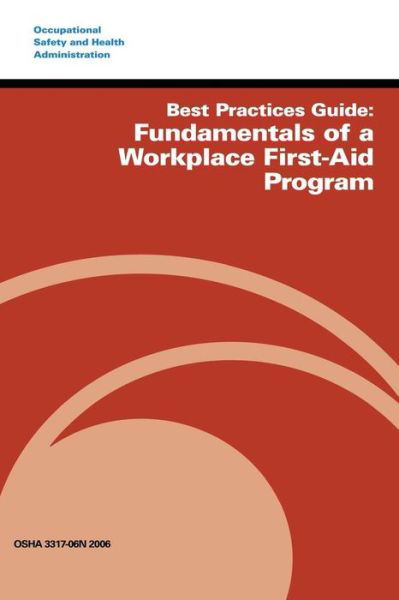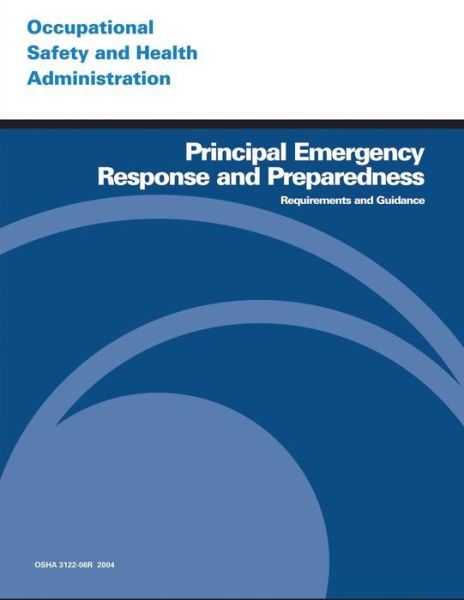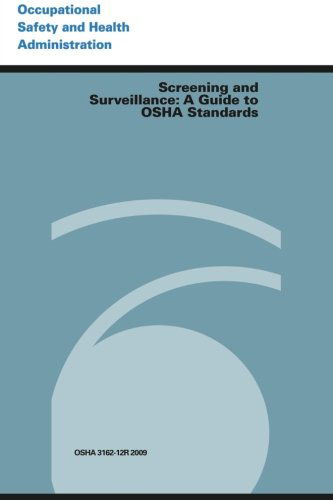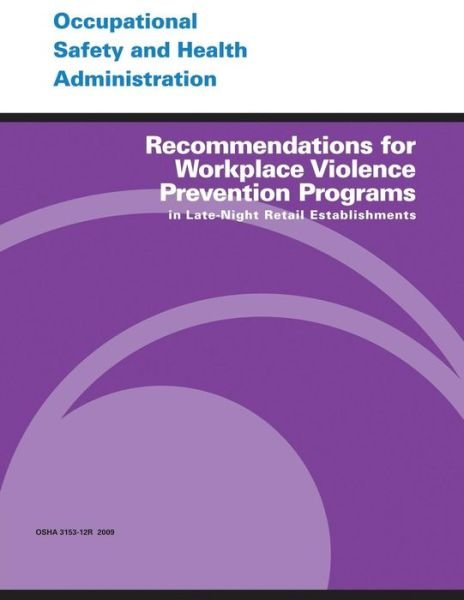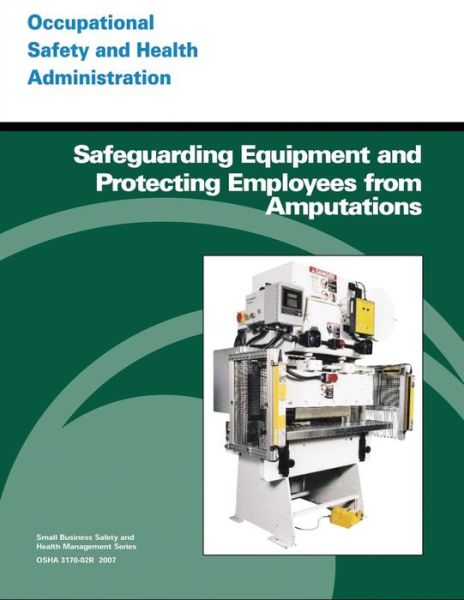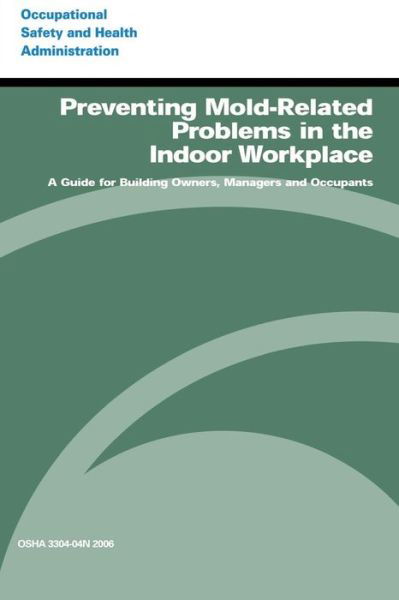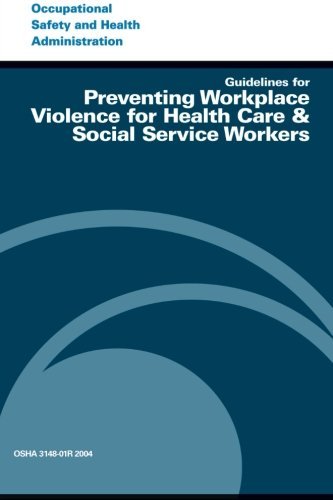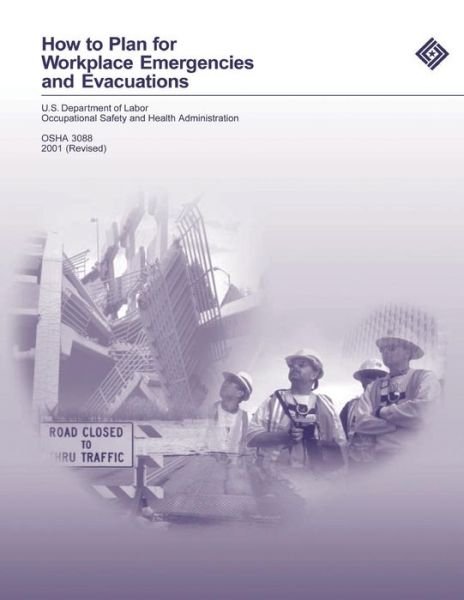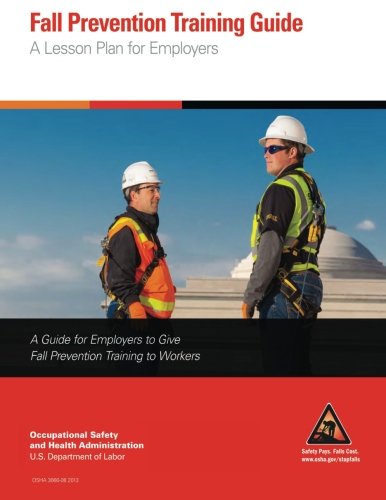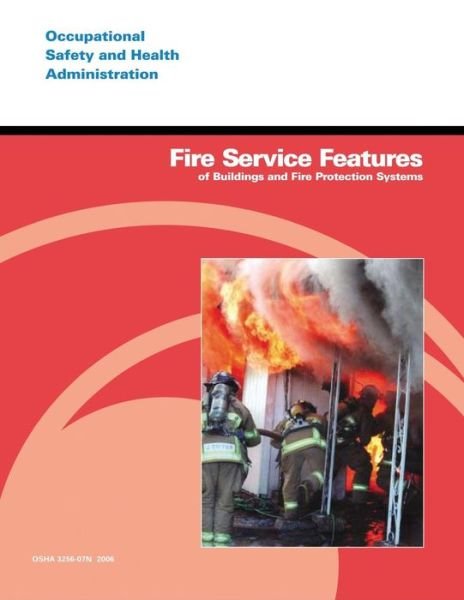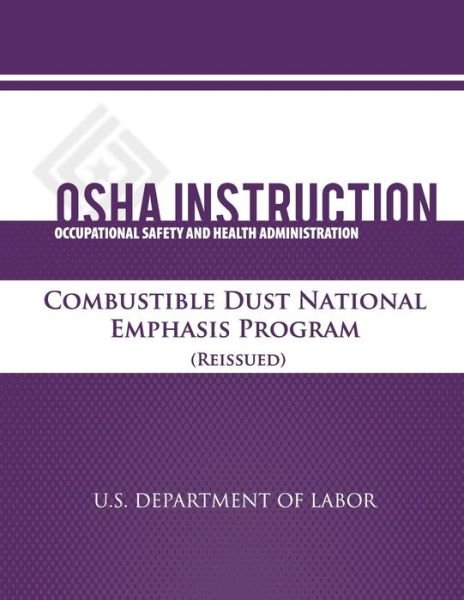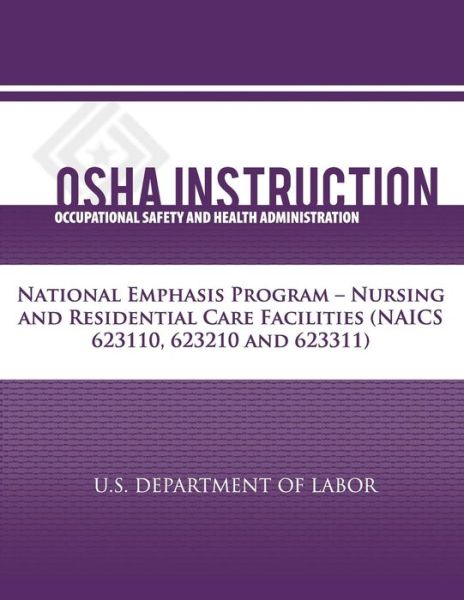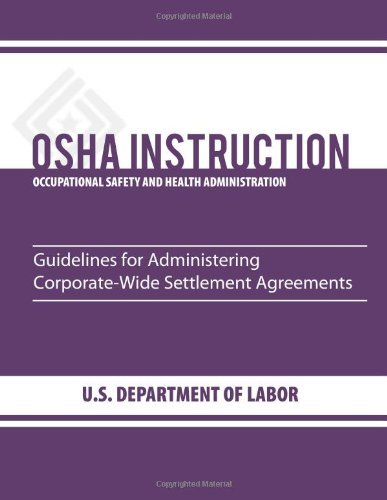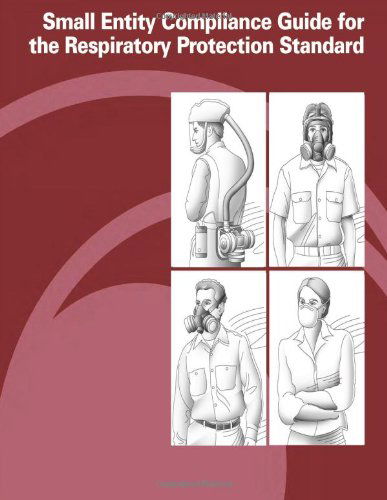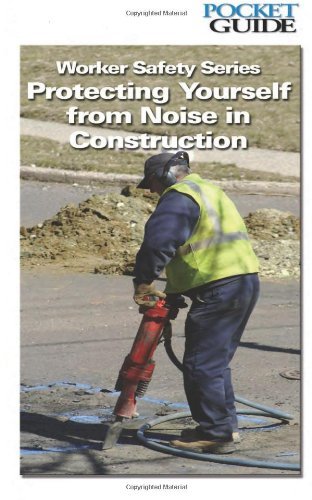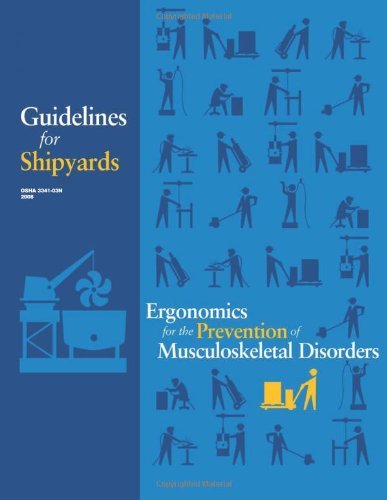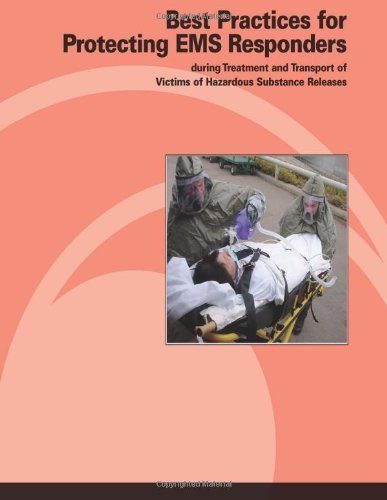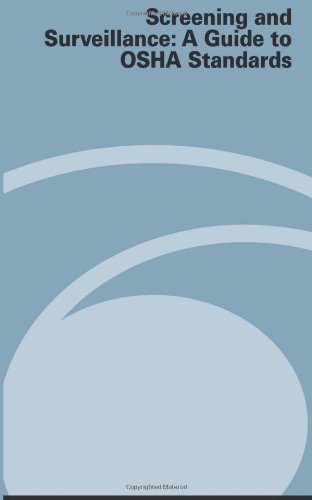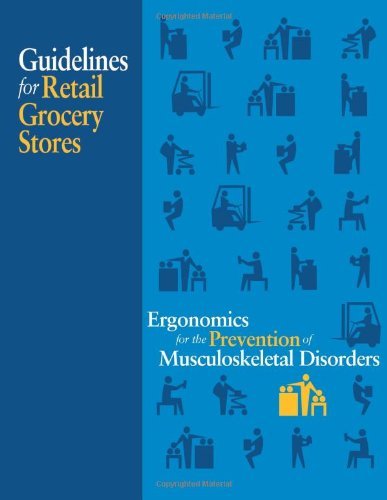
Vertel uw vrienden over dit artikel:
Ergonomics for the Prevention of Musculoskeletal Disorders: Guidelines for Retail Grocery Stores
Occupational Safety and Health Administration
Ergonomics for the Prevention of Musculoskeletal Disorders: Guidelines for Retail Grocery Stores
Occupational Safety and Health Administration
OSHA?s Ergonomics for the Prevention of Musculoskeletal Disorders: Guidelines for Retail Grocery Stores, OSHA 3192-06N, provide practical recommendations to help grocery store employers and employees reduce the number and severity of injuries in their workplaces. Many of the work-related injuries and illnesses experienced by grocery store workers are musculoskeletal disorders (MSDs), such as back injuries and sprains or strains that may develop from various factors, including lifting, repetitive motion disorders carpal tunnel syndrome, or injuries resulting from overexertion. MSDs may also be caused partly or wholly by factors outside of work. More remains to be learned about the relationship between workplace activities and the development of MSDs. However, OSHA believes hat the experiences of many grocery stores provide a basis for taking action to better protect workers. As the understanding of these injuries develops and information and technology improve, the recommendations made in the document may be modified. Grocery stores that have implemented injury prevention efforts have said that they have successfully reduced work-related injuries and workers? compensation costs. Many times, these efforts have reduced injuries and led to increased worker efficiency and lowered operating costs. For example, designing checkstands to reduce ergonomic risk factors such as twisting or extended reaching can improve cashier effectiveness and productivity (1). The purpose of these voluntary guidelines is to build on the progress that the grocery store industry has made in addressing causes of work-related injuries and illnesses. These guidelines are intended only for retail grocery stores and combined full-line supermarket and discount merchandisers including warehouse retail establishments. The discussion is intended primarily for grocery store managers and store employees, but may also be useful for corporate managers or corporate safety professionals. The information in these guidelines provides grocery stores with effective approaches, as well as useful references to be used when determining the need for ergonomic solutions. The heart of these guidelines is the description of various solutions that have been implemented by grocery stores. OSHA recommends that grocery stores consider these solutions in the context of a systematic process that includes the elements described.
| Media | Boeken Paperback Book (Boek met zachte kaft en gelijmde rug) |
| Vrijgegeven | 25 juni 2012 |
| ISBN13 | 9781478130512 |
| Uitgevers | CreateSpace Independent Publishing Platf |
| Pagina's | 28 |
| Afmetingen | 2 × 216 × 279 mm · 95 g |
| Taal en grammatica | Engels |
Meer door Occupational Safety and Health Administration
Bekijk alles van Occupational Safety and Health Administration ( bijv. Paperback Book )


